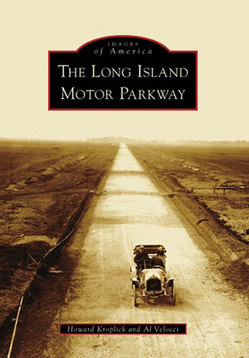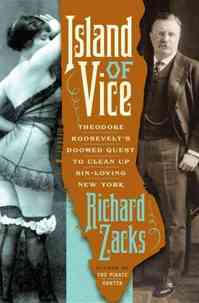(p. B1) In my repellently contented middle age, I don’t seek blue light. Like most sane people, I spurn restaurants whose lighting glares. I recoil from mirrors under fluorescent tubes. I switch on an overhead only to track down a water bug while wielding a flip-flop. Yet each evening from March onward, in the Brooklyn neighborhood where I live part of the year, it seems as if the overhead is always on.
Along with other parts of South Brooklyn, Windsor Terrace is an early recipient of the Department of Transportation’s new light-emitting diode streetlights. New Yorkers who have not yet been introduced to these lights: We are living in your future.
Our new street “lamps” — too cozy a word for the icy arrays now screaming through our windows — are meant to be installed across all five boroughs by 2017. Indeed, any resident of an American municipality that has money problems (and what city doesn’t?) should take heed.
In interviews with the media, my fellow experimental subjects have compared the nighttime environment under the new streetlights to a film set, a prison yard, “a strip mall in outer space” and “the mother ship coming in for a landing” in “Close Encounters of the Third Kind.” Although going half-blind at 58, I can read by the beam that the new lamp blasts into our front room without tapping our own Con Ed service. Once the LEDs went in, our next-door neighbor began walking her dog at night in sunglasses.
Medical research has firmly established that blue-spectrum LED light can disrupt sleep patterns. This is the same illumination that radiates in far smaller doses from smartphone and computer screens, to which we’re advised to avoid exposure for at least an hour before bed, because it can suppress the production of melatonin. . . .
While the same light has also been associated with increased risk of breast cancer and mood disorders, in all honesty my biggest beef with LEDs has nothing to do with health issues. These lights are ugly. They’re invasive. They’re depressing. New York deserves better.
. . .
Even fiscally and environmentally conscientious California has compromised on this point. Berkeley, Oakland and San Francisco have all opted for yellow-rich LEDs. These cities have willingly made the modest 10-15 percent sacrifice in efficiency for an ambience that more closely embodies what Germans call Gemütlichkeit and Danes call hygge: an atmosphere of hospitality, homeyness, intimacy and well-being.
. . .
As currently conceived, the D.O.T.’s streetlight plan amounts to mass civic vandalism. If my focus on aesthetics makes this issue sound trivial, the sensory experience of daily life is not a frivolous matter. Even in junior high school, I understood that lighting isn’t only about what you see, but how you feel.
For the full commentary, see:
LIONEL SHRIVER. “Ruining That Moody Urban Glow.” The New York Times, SundayReview Section (Sun., OCT. 18, 2015): 5.
(Note: ellipses added.)
(Note: the online version of the commentary has the date OCT. 17, 2015.)







